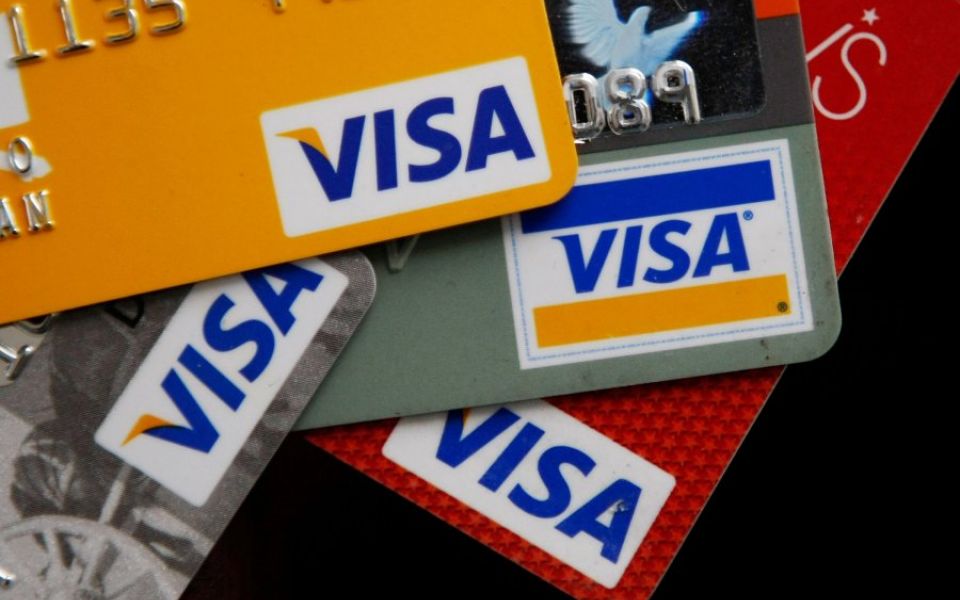British consumer borrowing growth slowest since 2015 as personal debt stutters

British consumers added to their borrowing at the slowest pace since the end of 2015 in July, adding to signs the rapid increase in the UK's personal debt pile is losing momentum.
The annual growth rate of consumer credit, including credit cards and other forms of non-mortgage debt, slowed to 8.5 per cent, a level of expansion not seen since November 2015, according to Bank of England data published today.
The pace of consumer credit growth has eased over the past year, after remaining at annual rates in double figures for over a year in 2016-17 – far faster than the broader economy.
While many economists believe a slower rate of credit growth would be a welcome development, a more sudden fall could herald a slowdown for the broader economy if consumers rein back spending.
The pullback in borrowing growth comes as the Bank of England embarks on gradually raising interest rates after a decade of ultra-loose monetary policy, in a move which would likely slow credit creation. It raised its base rate in November and again at the start of this month, after the period covered by today’s figures.

Meanwhile, the Bank has also introduced asked lenders to consider their affordability criteria in a bid to stop “pockets of risk” building up in some parts of the rapidly growing consumer credit space.
Britons also put the second lowest amount of cash on their credit cards since April 2016 during July, at £213m, while other borrowing such as car finance, personal loans and overdrafts expanded at the slowest pace since February 2016.
The figures are “good news for the Bank of England”, said Josie Dent, an economist at the Centre for Economics and Business Research, although she warned it may not necessarily indicate the squeeze on household budgets is over, given signs in separate UK Finance data that consumers are saving less.